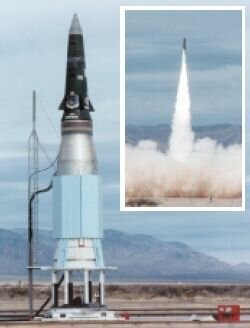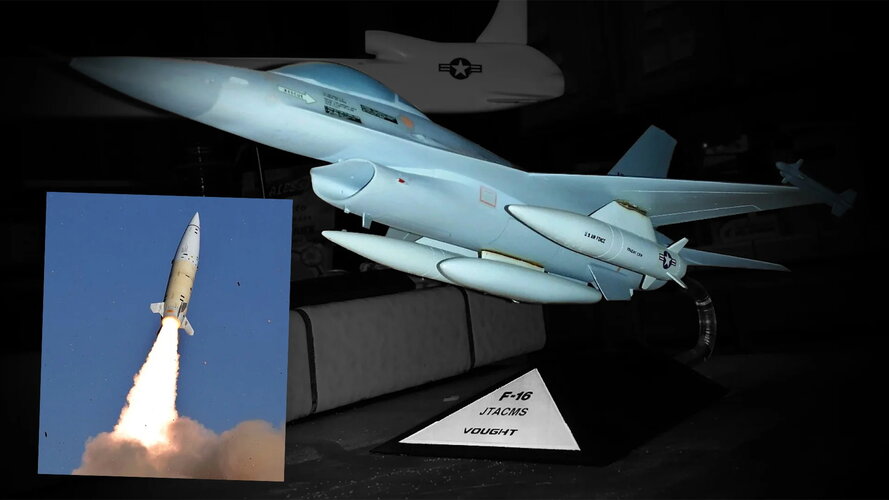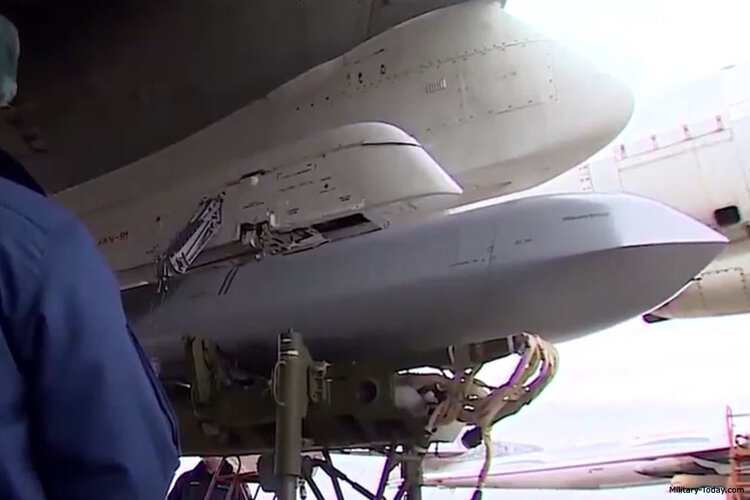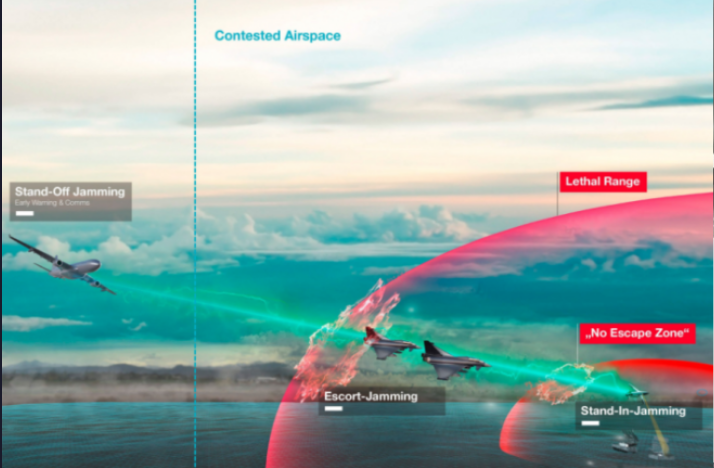I'd think a S-300PM2 would have difficulty with a maneuvering hypersonic airbreather, whereas PAC-3 MSE with IBCS pairing to an AWACS and F-35s would eat a Kinzhal for lunch long before it gets to deploy its decoys, much less becomes a threat. But believe what you want I suppose, I'm just assuming a surface to air missile designed in the 2010's and deployed in the 2020's will be able to defeat a ballistic missile designed in the 1980's and deployed in the 2010's, after all.
PAC-1s had trouble with Scuds though so who knows, as the SS-1 was famously so new in 1991 that the Soviet Army had already tried twice to replace it, first with OTRK Oka then with OTRK Iskander. They finally succeeded in the latter in...2008. Unfortunately the Soviet Army had turned into the Russian Army by that point, so no one paid much attention to the RuMOD fielding things they made in the 1980's after they'd finally found enough money under the couch cushions to build them. It's entirely possible, given the difference between Iskander/Kinzhal, and the apparent preference of offense over defense in surface to air engagements, that MSE might struggle with it. I sort of doubt it, provided MSE has the benefit of IBCS and potentially orbital targeting to boot. The only reasoning to think that is that the separation of years between PAC-1 and SS-1 is about the same as MSE and Iskander/Kinzhal.
OTOH HACM would present a far more difficult target, at least if you are considering the USAF intends to operate it in conjunction with MALD-X and Next Generation Jammer. Both of those together are far more potent penaids than anything a missile could carry by itself. Since you seem intent on comparing weapons, instead of their actual use cases and the context for their respective existences, I don't think that's a reasonable thing to consider.
The presence of penaids on the Kinzhal is not a particularly strong argument in its favor when you realize that the penaids are primarily due to the lack of stand-in jamming capability of the USSR to electronically escort their operational-tactical rocket complexes to the target. The USAF does not want for stand-in, or stand-off, jamming capability, as its missiles merely need to go fast and maneuver to hit things like TEL launchers that might be located in a terrain box. Kinzhal prefers a set of grid coordinates absolutely certain to be within "a couple nautical miles" of a VIDed HVU courtesy a sacrificial maritime patrol aircraft, yet is outside the range of friendly strike aviation or offensive jammers, precluding the use of more effective multi-axis decoy/jamming attacks.













